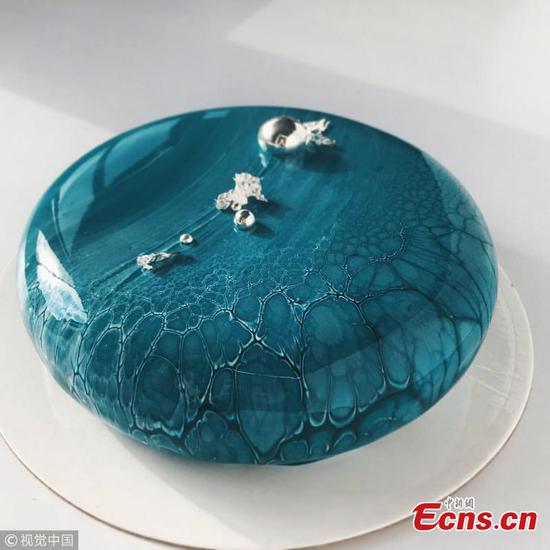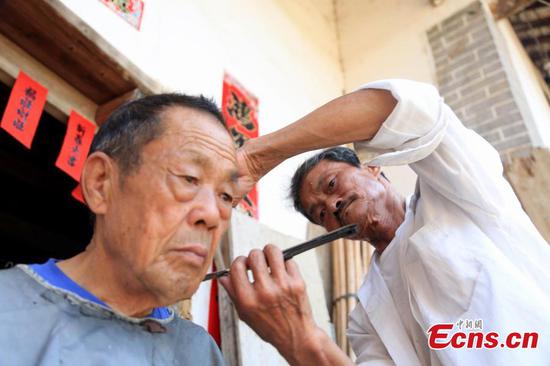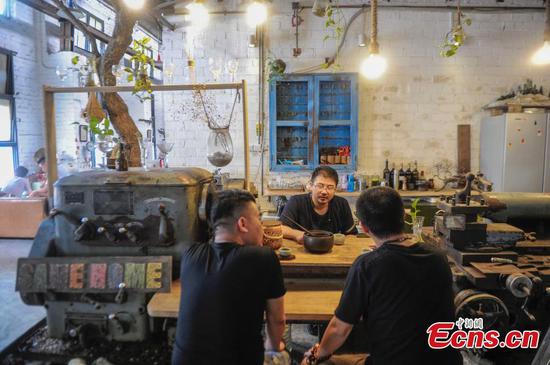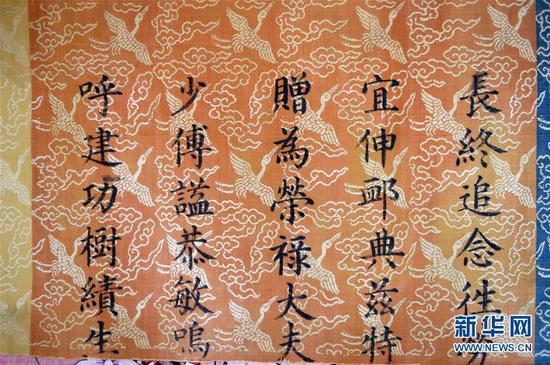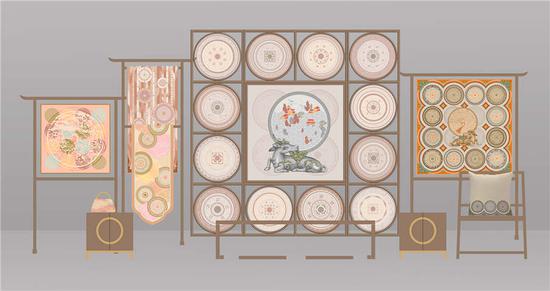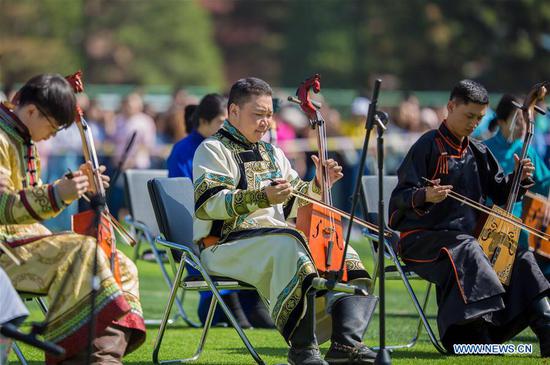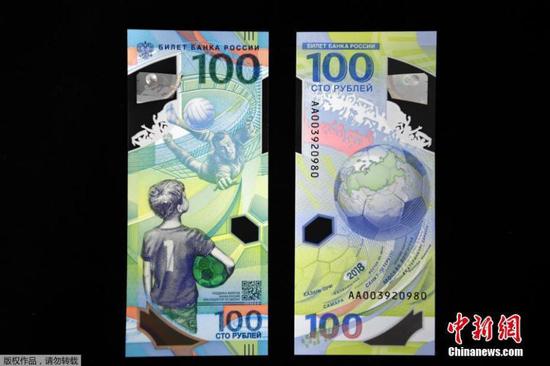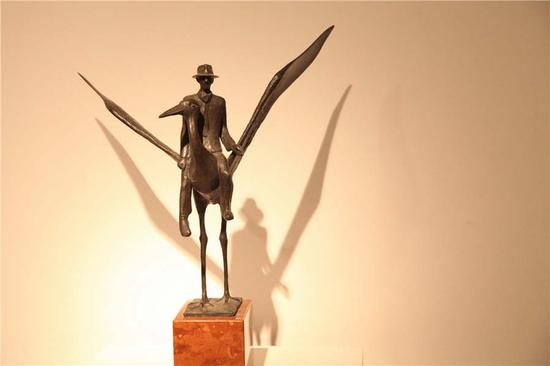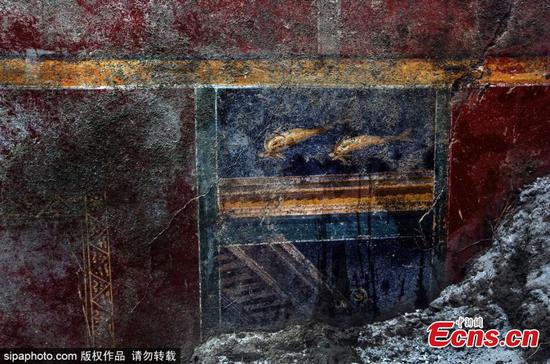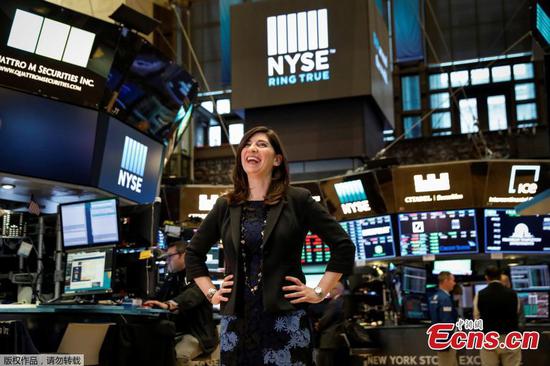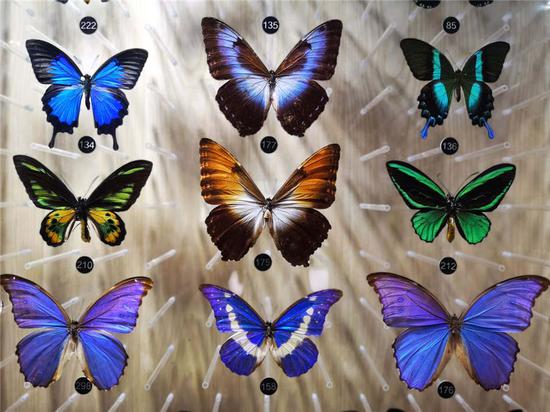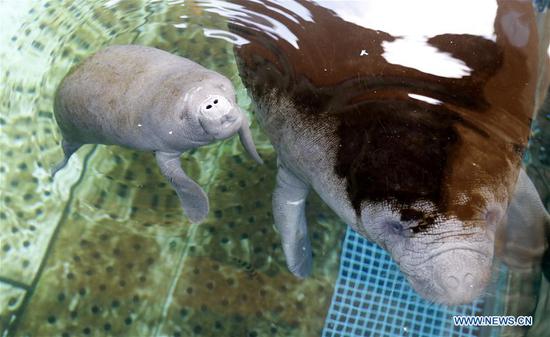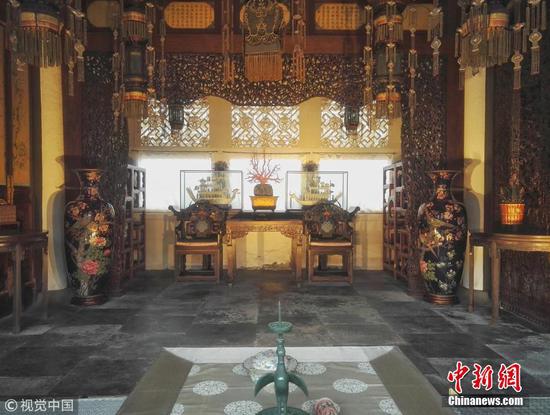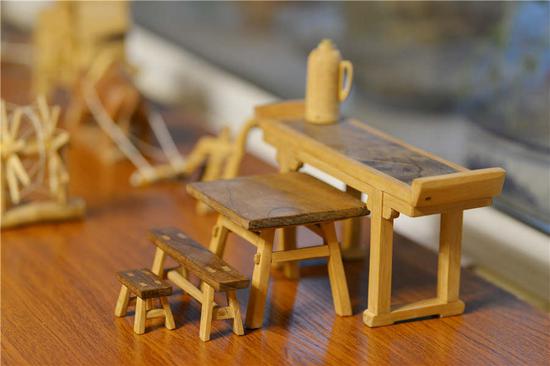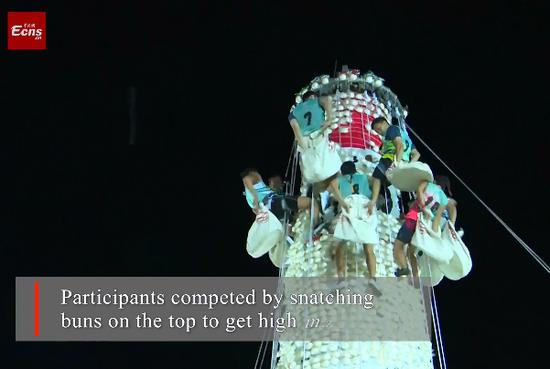Nasal pegs, which push out the nostrils to create a wider nose, have become the new secret weapon for Chinese women in search of the perfect face.
But a medical expert at a top Beijing hospital warns that the trend comes with serious health risks.
The pegs - which are thin strips of silicone bent into a "U" shape and placed in the nasal cavity - have become big sellers on Taobao, the online marketplace, where they are advertised as a "miracle" solution for women looking for nonsurgical beauty enhancements.
One merchant who was selling a set with four different sizes for 168 yuan ($25) said the product was from Germany and could be used for up to two years. "It's quite soft, and comfortable to wear," said the vendor, who notches about 1,500 sales per month.
Wu Meng, 25, a kindergarten teacher from Tongliao, Inner Mongolia autonomous region, first tried nasal pegs two years ago.
"It was actually very uncomfortable when I wore them the first time," she said, explaining that she uses them to take "more beautiful selfies".
"Only the smallest size fit my nose, and it slipped a lot when my nose was runny," she added.
Unsatisfied with her "flat" nose, Wu had surgery this year to add a piece of bone to make her nose more straight. She has since gained more than 80,000 followers on Soyoung, a cosmetic surgery social networking app with 20 million users.
"It's not a big deal," Wu said. "More and more young Chinese women have tried hard to pursue beauty every day and not be afraid of pain."
Zhao Hongyi, chief of plastic surgery at Beijing Hospital who has been in the industry for 22 years, said he has noticed the growing popularity of nasal pegs.
"A sense of distinction is necessary for Asian girls, especially those from southern China," he said. "A flat nose needs a complete aesthetic change, but not necessarily to a Western nose."
However, he warned, people should not wear the pegs for long periods - "Five to 10 minutes for a date would be OK for a young girl," he said.
Bi Qingyun, attending doctor at the ear, nose and throat department of China-Japan Friendship Hospital in Beijing, said the use of small pegs carries potential risks, even life-threatening ones, as it's easy for them to fall into the nasal cavity.
"If it were inhaled into the air tube, it could kill the person," Bi said.
She strongly recommended against leaving the pegs inserted when falling asleep. "The long-term compression will cause the bone at the nasal tip to become soft and make the nose more flat," she said.
Inflammation may also occur when using the pegs for a long time, with the number of nasal hairs decreasing.
"The disappearance of nasal hair could affect the nose and eczema might appear," Bi said.
The cosmetic medicine market is booming in China. A report by Zero2ipo in 2016 showed a market size of more than 50 billion yuan and 5,000 aesthetic medicine institutions.
As the needs continue to grow, sales of the nostril products are skyrocketing - in WeChat groups, for example - with no brands or identifiers. The products have been sold for two years in various parts of China.
Nasal pegs got their start two years ago when a popular online talk show from Taiwan introduced the item. In Japan and South Korea, young women began using the devices routinely, in the same way they use color contact lenses to temporarily change the appearance of their eyes.
"It's ultimately just a tool," plastic surgeon Zhao said.













